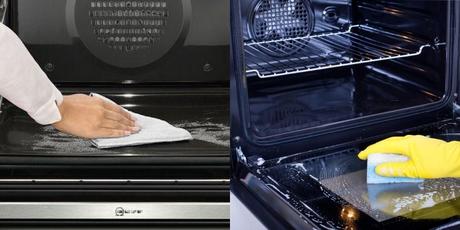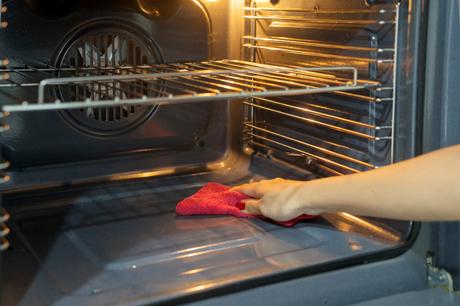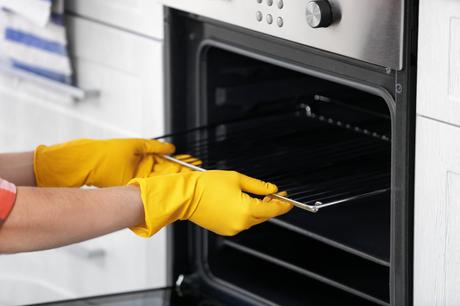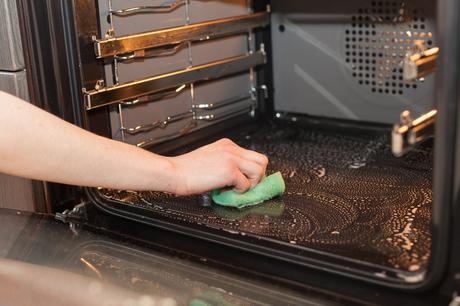One major problem lots of cooks had with the normal oven was the issue of dirt and spill of food inside the oven while food is cooking. The issue made cooking with the normal oven stressful as you also have to clean after cooking. To solve this issue, Catalytic liners and pyrolytic cleaning ovens were created. We’re going to examine the functions and processes of both ovens against each other.

Catalytic Liner Oven Cleaning
To rival the pyrolytic cleaning oven with a high temperature of 500°C or 930°F, the Catalytic liner cleaning oven was created. This type of oven is designed to have a liner installed on the oven walls, roof, and back. These liners are made of porous ceramic overlaid with a material that catalyzes the burning of spills and grease and turns them to dust at a temperature level of 390°F or 200°C.
Benefits of using the catalytic line cleaning oven

- Having liners that aid in the combustion of spillage and grease making it easy to clean the oven in a few minutes. You don’t get to spend much time cleaning the equipment.
- This cooking equipment has a low energy consumption rate which makes one of the best to use in cooking.
- This cleaning oven is very convenient to use that the user doesn’t have to go through many processes to get the oven operational.
- The catalytic liner cleaning oven also doesn’t emit any of the smell that other normal ovens emit when operational. There’s even no smell of ash or anything except there are chunks of food or grease leftovers stuck in the oven before it can emit any smell.
Dangers of the Catalytic liner cleaning oven

- However, these liners are not installed around the inside of the oven so you may need to apply some grease on the part of the oven without the liners which are the area between the panels and around the bottom of the oven. Also, apply some cleaning material to wipe off any spillage that gets stuck in this area.
- Another issue with this oven is that the liner requires regular maintenance which can be highly inconvenient to the user. While using the oven ensure that water doesn’t spill on the panels or you will have to replace them.
- The cost of the liner is not cheap either. They go for as much as $100 so when you’re replacing them, you have to change all four in the oven. You may also have to pay someone huge money to service them for you except you mind doing the changes yourself.
- The mechanism of this oven gives off highly toxic vapor at a high temperature of 572°F or 300°C therefore try to give it space while it’s operational.
Pyrolytic Cleaning Oven
Benefits of using the pyrolytic cleaning oven

The pyrolytic cleaning oven is another automatic cleaning oven with a shorter amount of cleaning time. This cleaning system heats up the oven to a temperature of 400°C to burn the leftover food or spillage in the oven to ash. Leaving the ash for the user to clear out when it’s done.
- The oven spends about 1-2 hours to self-clean itself so you can have your oven clean and ready in a few minutes.
- The pyrolytic oven comes with additional layers of insulation to enable the oven to absorb the heat that is transmitted outside the oven to its environs and even the oven door.
- The pyrolytic oven doesn’t emit smoke or fumes as its energy-efficient making it safe for use.
Dangers of pyrolytic cleaning oven
- Though the pyrolytic ovens are safe, you should take certain precautions when around them
- The outside of the oven still gets hot even though there’s extra insulation so try not to go too close to it while it’s operational. Keep kids off it too
- If you let lots of residues remain in the oven after use, it would smoke during its self-cleaning period which can be dangerous to the health.
Conclusion
Depending on the number of times you cook, you must do a self-cleaning process every two months. Also, endeavor to clean your oven once you’re done cooking to avoid spillovers getting baked on to the oven panels.
